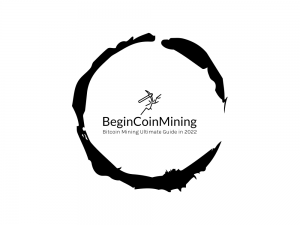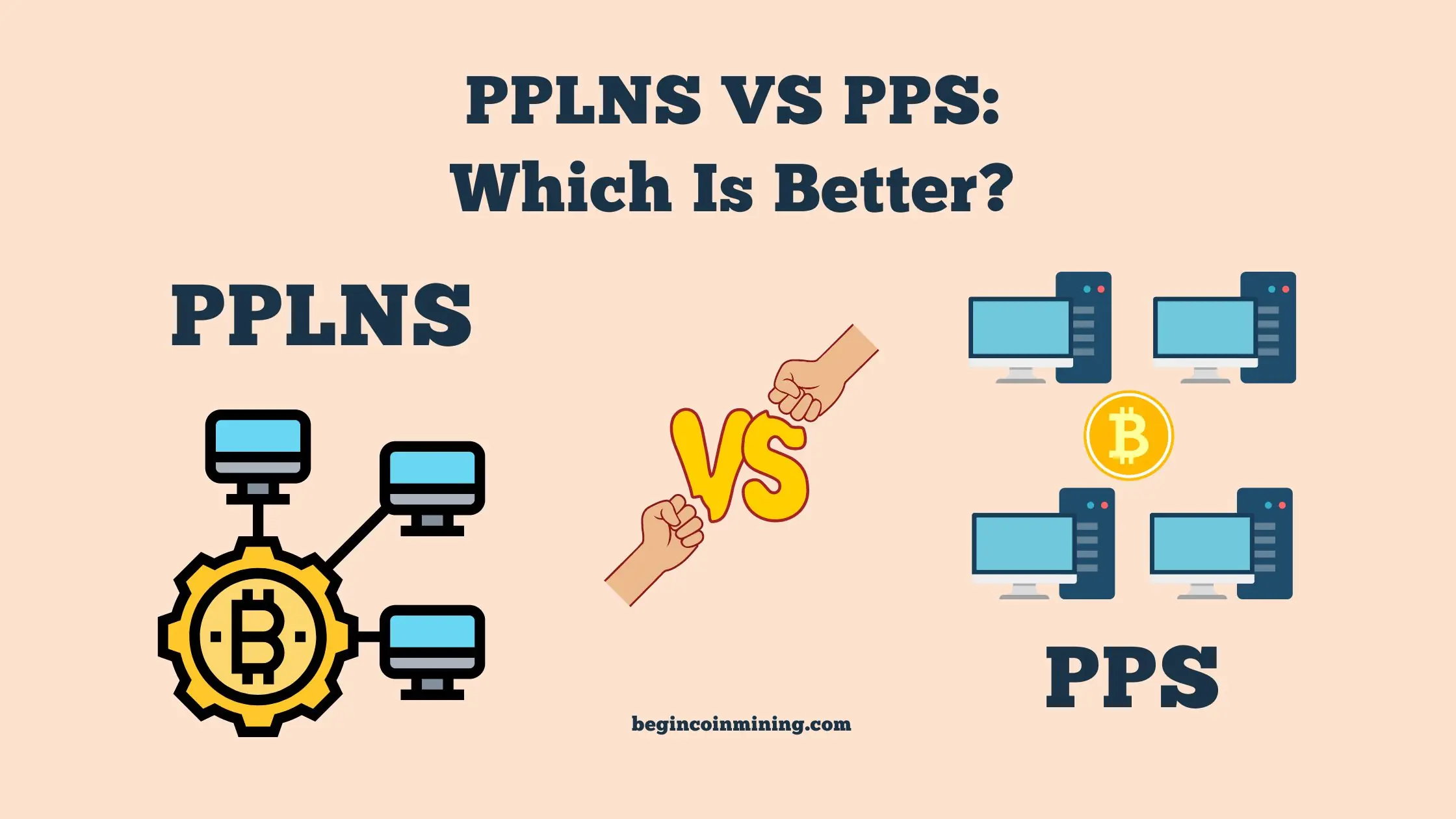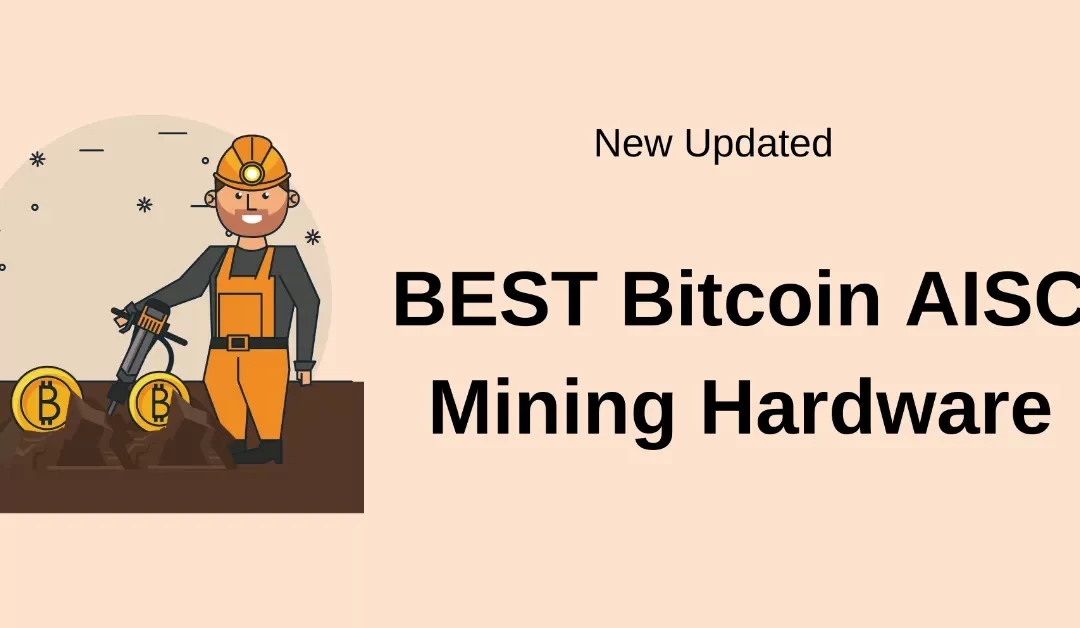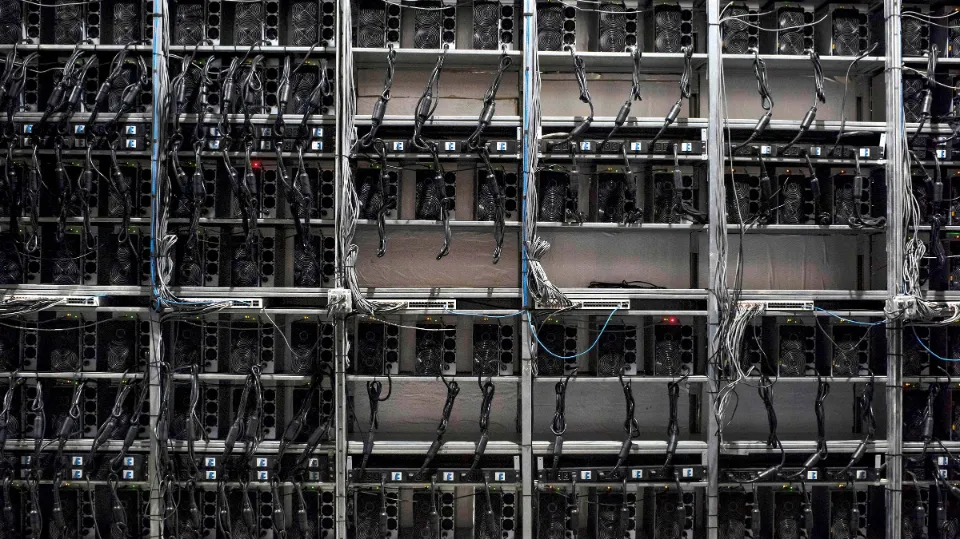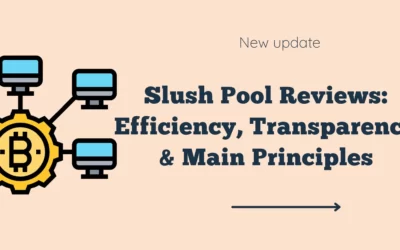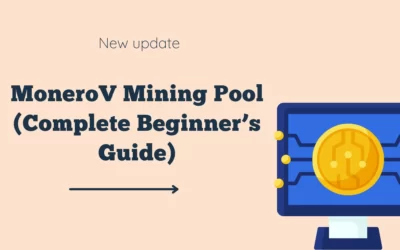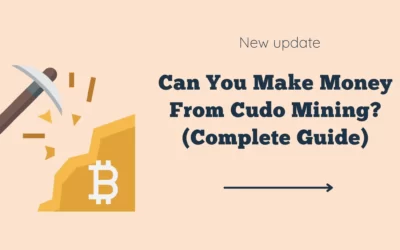Discover the key differences between PPLNS and PPS mining methods for cryptocurrencies. Make informed choices for optimal coin mining.
The Pay Per Share (PPS) payout structure compensates miners for the shares they contribute to the pool. Shares are the specific amounts of legitimate work that each miner or mining farm contributed to the pool.
Miners are only compensated under the PPLNS (Pay Per Last N Share) payout scheme after a block has been successfully located. The number of payouts is calculated using this method by retroactively adding up each miner’s shares to the pool after a block has been discovered.
The two payment model types that mining pools currently use the most are PPS and PPLNS. Prior to delving into PPS and PPLNS, a quick word on mining pools is in order.
What is a Mining Pool?
A mining pool is a hub where a number of cryptocurrency miners pool their processing power to help the network solve blocks more quickly. Based on the number of shares each participant contributed to the block’s discovery, the rewards will be distributed equally. In the early days of Bitcoin mining, when solo mining was no longer profitable, pool mining was introduced. The more powerful your hardware is, the more shares you’ll submit, the more shares you submit, the more you’ll earn. Each pool has its own payment method for compensating its miners. PPS and PPLNS are two of the most popular options.
Mining Pools Reward Methods
We must first comprehend shares in the context of mining before we can comprehend how mining pool reward methods operate. To put it simply, shares are the units that pool owners use to determine each miner’s share of the hashing effort. When mining through a pool, each miner receives shares based on how much of the block’s solution they contributed. According to the number of shares they received, miners can then receive payment from the pool. To be clear, shares are only utilized internally by the mining pools and are invisible to the Bitcoin network. The pool’s payment may come in a variety of forms depending on the share amount.
Difference Between PPS Vs PPLNS Payment Models?
PPS (Pay Per Share) and PPLNS (Pay Per Last N Shares) are two popular payment models in cryptocurrency mining. The main difference lies in how rewards are distributed to miners.
Pplns
PPLNS, or Pay Per Last (Luck) N Shares, is an acronym. According to this method, your payments are determined by how many shares you submitted during a shift. It includes a shift system that is time-based or based on the number of shares that the miners have submitted to the pool. Your pool may find blocks consistently or in overtime it may have huge variations in winning a block and that ultimately affects your payments. You will see significant fluctuations in your 24-hour payout when playing PPLNS, which heavily relies on luck. Your payouts will remain constant if you continue to mine on a single pool; the only time they change is when new miners join or leave the pool.
Pps
When you find blocks, you contribute shares to the pool, and you get paid based on an average of those shares. PPS pays you at a steady rate and uses a more direct approach, completely eliminating the luck factor. In the PPS method regardless of the pools lucky at winning blocks, you’re going to get a 100% payout at the end of the day. This is so because each miner receives a standard payout based on their hash power. It won’t be more than 100% or less than that and with this PPS method, you can easily calculate your potential earnings.
On the other hand, with the PPLNS payment system, you typically either get more than 100% or less than that. Based on the pool’s luck in locating blocks, this is determined.
Benefits of PPLNS

Thwarts Pool Hopping
By rendering pool hopping useless without penalizing sporadic miners, PPLNS makes earnings more equitable. Pool hoppers are unable to forecast when they should start and stop mining because the PPLNS window’s start isn’t known until the end of the round. It’s even possible for a pool hopper to earn nothing at all from a round.
Stable Round Rewards
Earnings from PPLNS rounds typically have more stable earnings because shares do not reset to zero at the start of each round like in proportional systems. The length of the round won’t result in less or no income for you.
Best Long-Term Earnings
PPLNS pools typically earn more than other payout systems when measured over long periods of time because of less cheating and typically low fees.
Problems With PPLNS
Because miners receive their rewards directly from discovered blocks, similar to proportional systems, fluctuations in short-term earnings will depend on the pool’s luck. With enough blocks and time, the earnings still average out to what is anticipated.
Benefits of PPS
Almost Deterministic Rewards
Since miner rewards don’t depend on block finding randomness, PPS reduces earnings variances to share finding randomness, which is hardly noticeable. Compared to other reward systems, earnings have a tendency to be much more stable and predictable over short periods of time.
Thwarts Pool Hopping
Since PPS pools pay miners in shares rather than rounds, they are not susceptible to pool hopper attacks.
Problems With PPS

Lower Long-Term Earnings
A PPS pool operator is taking on all of the risks associated with earning earnings, as opposed to the miners and pool operators sharing the risk. This is why PPS pools typically have a much higher fee. Compared to pools using PPLNS, miners at PPS pools typically earn less over the long term and even less than Proportional when cheating is not present.
Which Reward System is the Best?
Pool hoppers make proportion problematic, but small, private pools love its simplicity.
PPLNS pools are perfect for miners who want to maximize profits and intend to mine for a very long time.
PPS pools are preferred by miners who are willing to accept lower long-term earnings in exchange for predictable rewards over a short period of time.
The incentive program that best meets your needs is the one that should be used.
Should I Choose PPS Or PPLNS?
This is one of the initial inquiries that the majority of miners have. Which pool should I pick—Pay Per Share or Pay Per Last N Share? PPLNS is unquestionably the pool for you if you are the type of person who doesn’t switch pools frequently because these pools are good at rewarding their devoted miners.
Pay Per Share
Whatever the case, PPS is our suggestion if you require a fixed payout at the end of the day to liquidate or for any other reason. Large mining farms that have the ability to calculate and keep statistics about their mining power benefit from pay-per-share. As there is a guaranteed payout for work regardless of whether the pool hits the block or not, PPS is good for large miners but really bad for pool owners. For this reason and because of pool hoppers (not loyal miners of the pool) most of the mining pools have switched to the PPLNS payment model.
Pay Per Last N Shares
We highly advise PPLNS if you are someone who wants to accumulate and hold more coins. You will receive a share of each block that your pool discovers based on your hash rate. You will receive payouts more frequently with PPLNS than with PPS, and over the long term, PPLNS will reward you more than PPS. Calculating your mining income is challenging, though, due to significant variance. Due to the fact that PPLNS only bases payouts on blocks found, it is advantageous for both mid-range miners and pool owners. You’ll receive payments more frequently if your pool is luckier. This is why, assuming the pool finds blocks frequently, miners stay with a pool with more hash power.
Summary
Mining for cryptocurrencies can be very profitable. However, it’s crucial to learn what payment method your pool employs before committing to your hashing power. This information is typically provided by mining pools on their payouts or FAQ pages. The only other choice is to get in touch with pool support if you are unable to locate this information.
Hope the details on this page help you choose the best mining pool. Happy Hashing!
FAQ
What Does Pplns Mean?
Pay-per-last-N-shares (Similar to the proportional method, PPLNS) calculates the miner’s reward using N most recent shares rather than all of the shares from the previous round. It denotes that each miner’s reward is determined based on their share of the last N pool shares when a block is discovered.
Is Ethermine PPS Or Pplns?
Ethermine rigs are paid based on a “pay per last n shares” (PPLNS) scheme. This protocol redefines rounds to address some of the issues with proportional systems. In PPLNS pools, rounds start when a block is found.
What Does PPS Stand for in Mining?
For every share that is solved, PPS offers an instant flat payout. A miner receives a standard payout rate under this payment scheme for each completed share. A specific quantity of mineable cryptocurrency is represented by each share.
